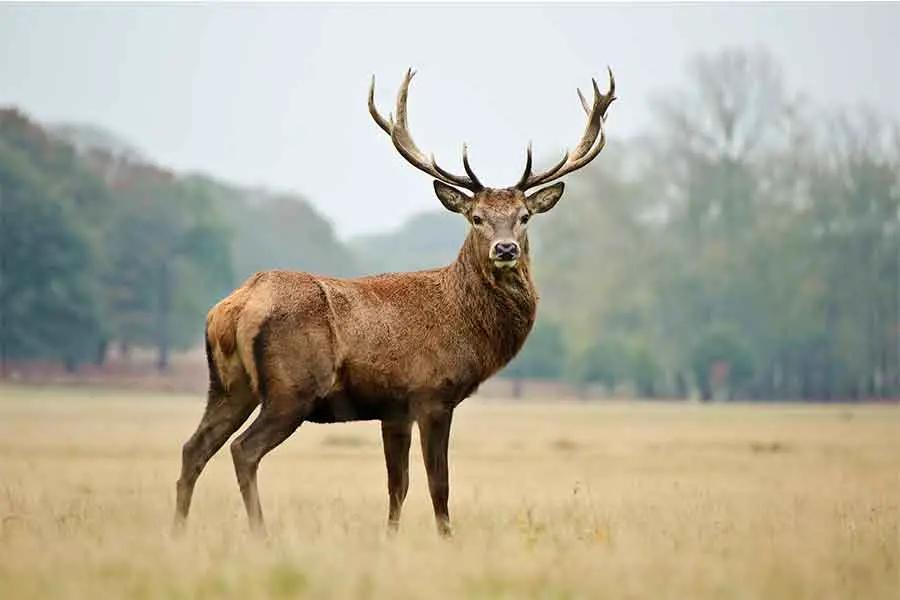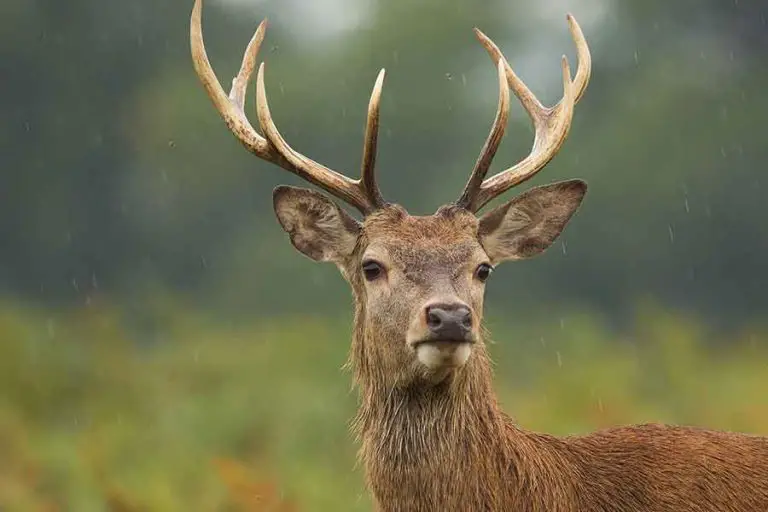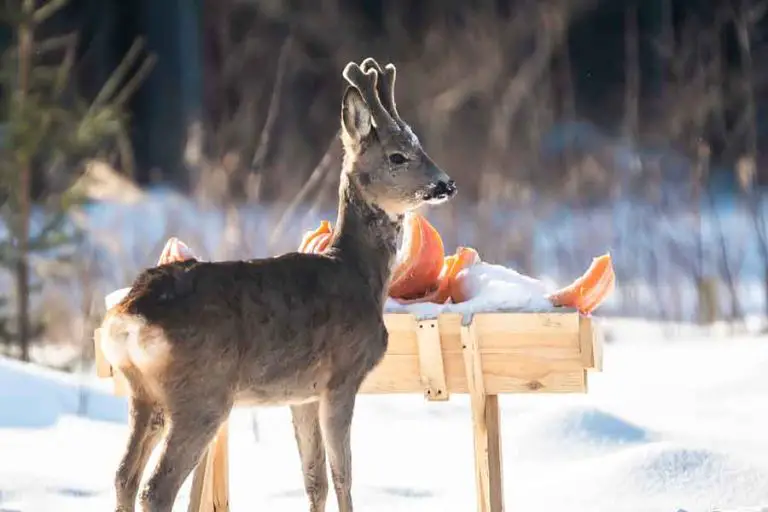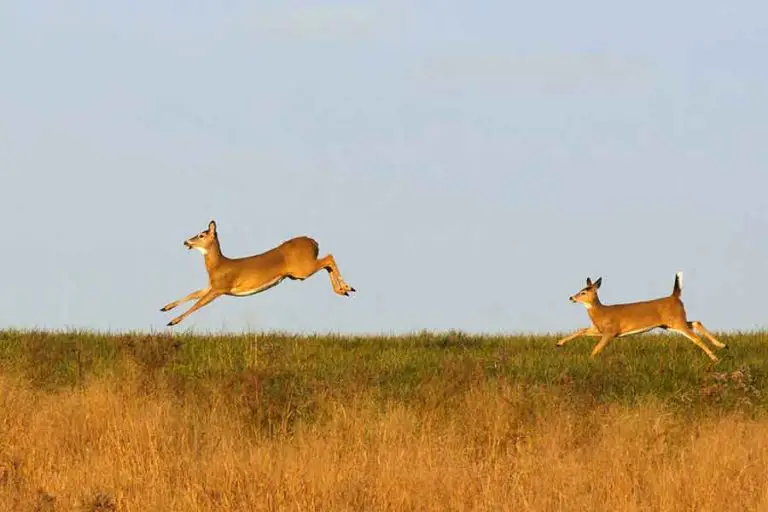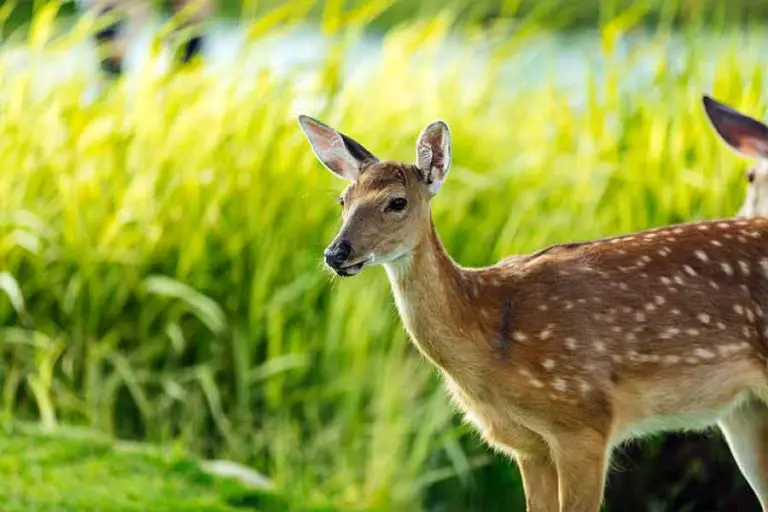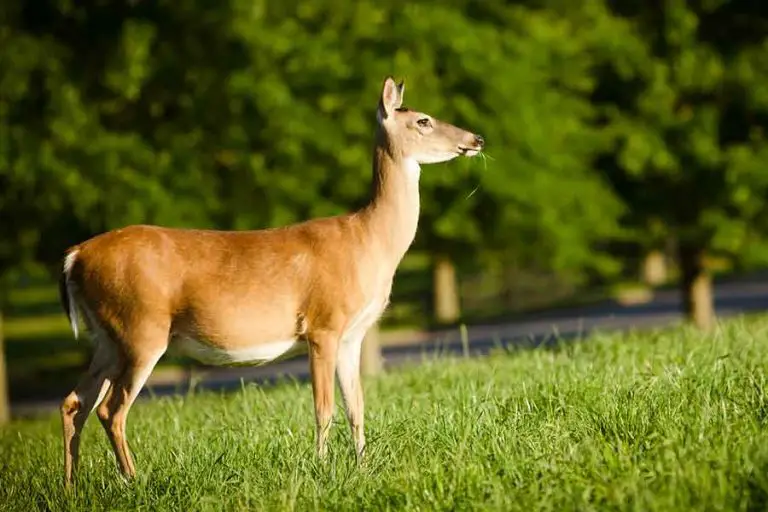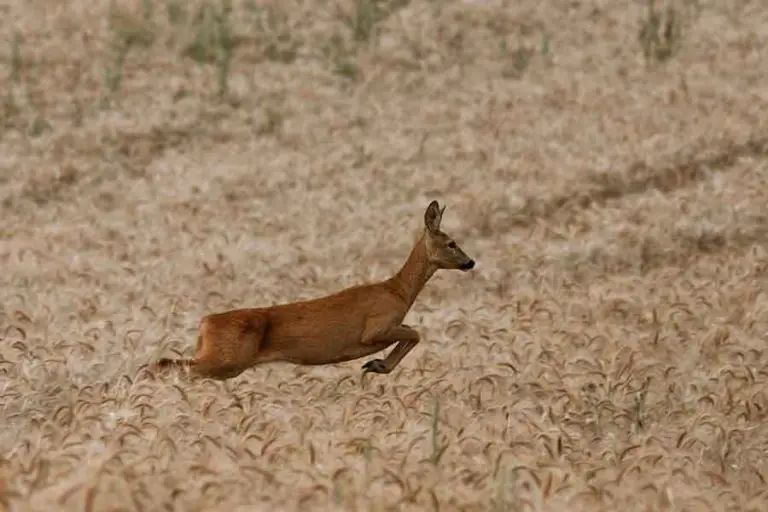Deer Hunting Checklist – Tips For Hunting Season
The leaves are changing color and the air is getting crisper – it can only mean one thing: deer hunting season is upon us! The deer hunting season is a time of year that every hunter looks forward to.
If you’re like most hunters, you’ve been eagerly awaiting this time all year long. Preparation is key for a successful hunt, so make sure you use our deer hunting checklist to ensure you have everything you need.
In this article, we will discuss what items to pack in your bag, how to choose the right clothing and gear, and some tips for tracking deer. Let’s get started!
Get your hunting license and check the regulations
Before you do anything else, make sure you have a valid hunting license. You can find out more about deer hunting regulations in your state by visiting the website of the Department of Fish and Wildlife.
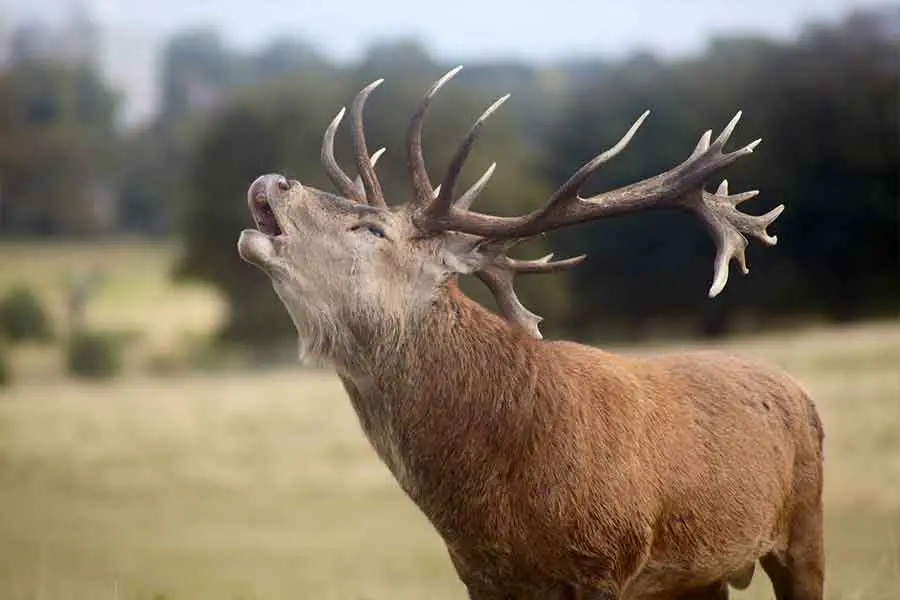
The deer hunting checklist:
It’s important to pack the right gear for deer hunting, otherwise, you might not be prepared for the challenges that come with it. When packing for deer hunting,
- Weapons and ammunition
- Binoculars
- Rangefinder
- Tree stand or ground blind
- Safety harness
- Hunting clothes
- Camouflage paint or clothing dye
- Food and water
- First Aid kit
- Bug spray
Weapons and Ammunition: It goes without saying that you’ll need a weapon and some ammo to take down your deer.
However, it’s important to choose the right type of weapon for the job. If you’re hunting deer in open areas, a rifle is a good choice.
If you’re hunting in woods or other dense terrains, a bow might be a better option. No matter what type of weapon you choose, make sure you pack plenty of ammunition.
As we mentioned before, it’s important to pick the right weapon and ammunition for deer hunting. Make sure you do your research so that you can choose the best setup for the type of terrain you’ll be hunting in.
Binoculars:
Binoculars are a must-have for deer hunting. Not only will they help you spot deer from a distance, but they can also be used to identify the sex and age of deer. Make sure your binoculars are well-protected in your bag – preferably in a hard case or backpack.
Rangefinder:
A rangefinder is another essential piece of equipment for deer hunting. With this tool, you can measure the distance between you and your target, which is important for making accurate shots.
Tree Stand or Ground Blind:
If you’re lucky enough to have access to a tree stand or ground blind, definitely bring it with you on your hunt. These structures provide a safe and concealed place to take down deer.
Safety Harness:
A safety harness is essential for any type of hunting, but it’s especially important when deer hunting. With a safety harness, you can rest assured that you won’t fall out of your tree stand or ground blind – and you won’t end up as dinner for the deer!
Hunting Clothes:
It’s important to dress appropriately for deer hunting. In general, clothing should be neutral in color and made from quiet materials.
Camouflage clothing is ideal, but if you don’t have any, try dyeing your clothes with camo paint. For extra protection against the elements, bring a jacket, hat, and gloves.
Camo Paint or Clothing Dye:
As we mentioned before, it’s important to dress in neutral colors when deer hunting. However, if you want to up your chances of success even further, consider using camouflage paint or clothing dye. This will help you blend in with your surroundings and avoid being detected by deer.
Food and Water:
It’s important to stay hydrated and well-fed while deer hunting. Make sure you pack plenty of water and snacks – you don’t want to run out during the hunt!
First Aid Kit:
A first aid kit is essential for any outdoor activity, but it’s especially important when deer hunting. With a first aid kit, you can treat minor injuries and illnesses that might occur during the hunt.
Bug Spray:
Finally, don’t forget to pack some bug spray! deer hunting can be a fun and rewarding experience, but only if you’re prepared for the challenges that come with it. Use our deer hunting checklist to make sure you have everything you need – good luck out there!
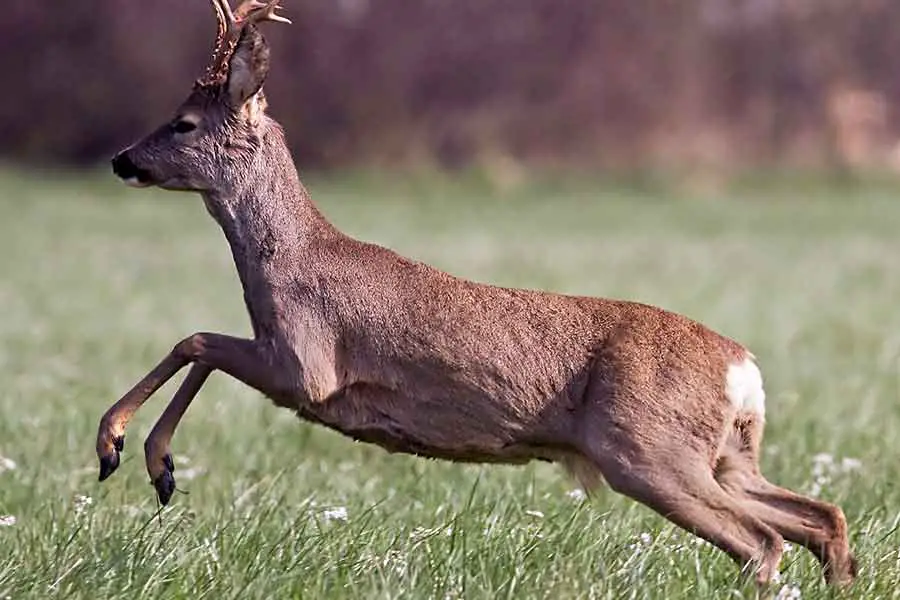
Scout out a good location to hunt deer
Once you have your license, it’s time to start scouting for a good deer hunting location. This is especially important if you are hunting in an area where deer are not commonly seen. Try to find a spot that has plenty of covers and offers good visibility.
Learn about deer behavior and patterns
Before you head out on your deer hunt, it’s important to learn about deer behavior and patterns. This will help you understand where deer are likely to be during different times of the day and year.
Practice shooting your rifle or bow
If you’re deer hunting with a rifle, it’s important to practice shooting your weapon before the hunt. This will help you get comfortable with the gun and increase your chances of taking down deer.
The same goes for bows! If you’re deer hunting with a bow, make sure you practice shooting arrows at a deer target. This will help you get the hang of aiming and shooting when deer are in range.
Take care of your game once you’ve harvested it
Once you’ve successfully harvested a deer, it’s important to take care of the animal properly. Make sure you field dress and skin the deer as soon as possible – this will help keep the meat from spoiling.
Deer hunting can be a challenging but rewarding experience. Use our deer hunting checklist to make sure you have everything you need, and enjoy your hunt!
Bottom Line
Deer hunting is a popular sport in the United States, with around 15 million people deer hunting every year. There are many things to consider before embarking on your deer hunt, from what type of weapon you will use to where you will be hunting.
This deer hunting checklist will help make sure that you are fully prepared for your next deer hunting excursion.

